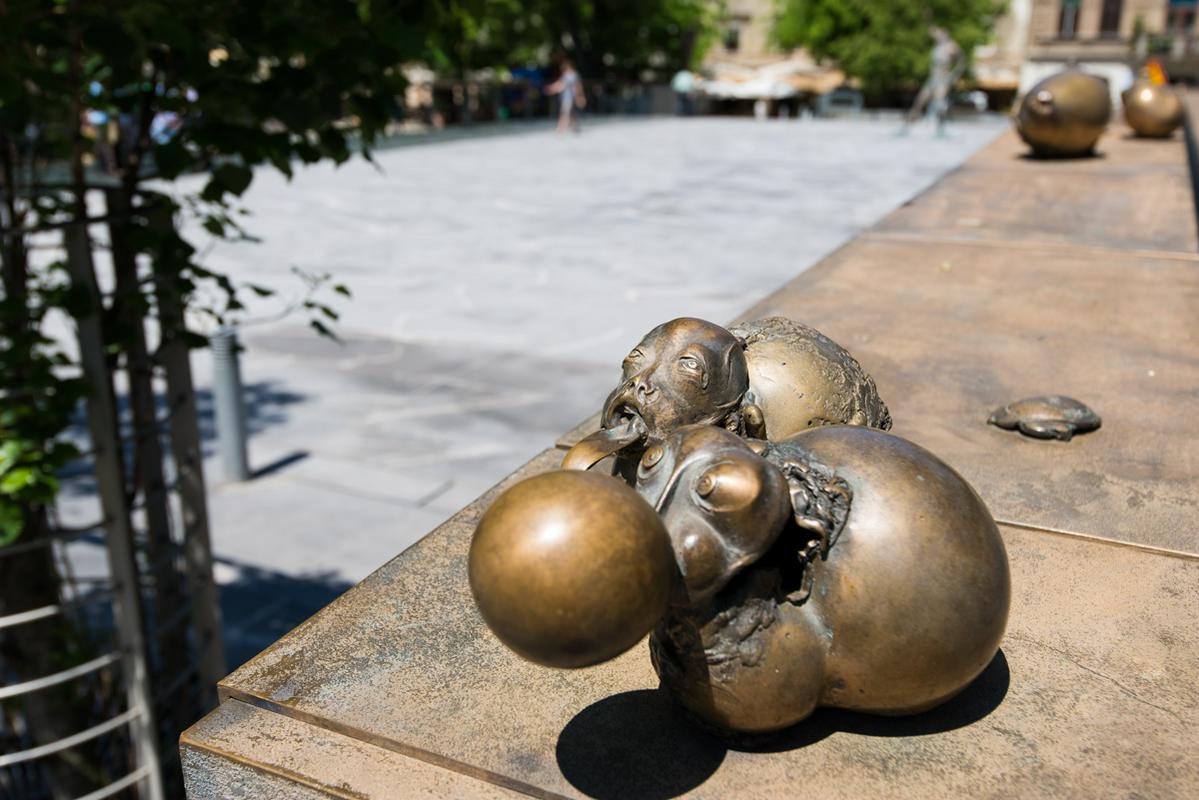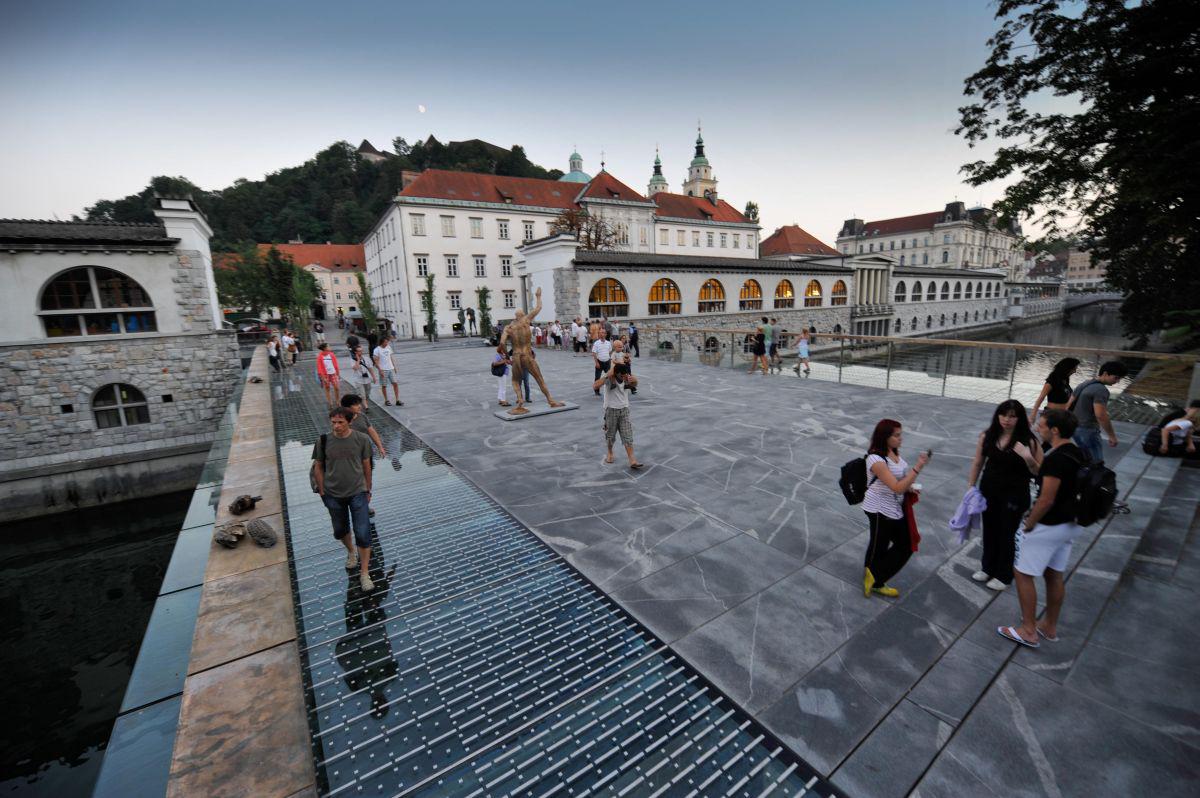

Many visitors to Ljubljana are transfixed by a series of sculptures on the city’s Butchers’ Bridge. Based on figures from Greek mythology, the figures are strongly expressive; they appear almost grotesque, with missing limbs and heads. They are just some examples of works by a remarkable Slovenian sculptor named Jakov Brdar.
Brdar was born in 1949 in the town of Livno, Bosnia-Herzegovina – an arid, sparsely populated part of the country. He decided to study art in Ljubljana, which had one of the leading art schools in what was then Yugoslavia. Even though Brdar went on to spend some time in Germany - where he frequently found himself penniless --, he ultimately made the Slovenian capital his home.
Brdar’s work is a celebration of the human body. He uses broad strokes to capture body movements, a process that gives his sculptures an almost impressionistic quality. He also seems to revel in human imperfections. "I look at Christ and see his faults," he once remarked. Brdar uses his entire body to create his figures; he frequently shapes clay using his feet.
Brdar set up his studio in Ljubljana’s Tivoli Park, but he has exhibited his work in places as diverse as Diocletian’s Place in Split and Berlin’s Pergamon Museum. His works are on permanent display just outside Venice and on Croatia’ Vis Island, among other places, and he has received the Prešeren Fund Prize, one of Slovenia highest cultural honors. He is widely considered to be one of Europe’s top contemporary sculptors; his bronze sculpture of Christ was displayed in Milan’s Santa Maria Presso San Satiro Church during the 2016 Expo.
Brdar’s Greek figures are among the most photographed works of art in Ljubljana. For many visitors, however, their first introduction to Brdar’s art is a statue of James Joyce at the central train station, or an equestrian statue of the Slovenian military hero Rudolf Meister – a work noted for effectively conveying the horse’s movement - just outside the station.
Wherever it’s displayed, Brdar’s art has a way of capturing the attention of passers-by. Its expressive quality has made Brdar one of Slovenia’s most recognized artists - and one of only a handful of sculptors who have left a permanent mark on the country’s capital.

































































